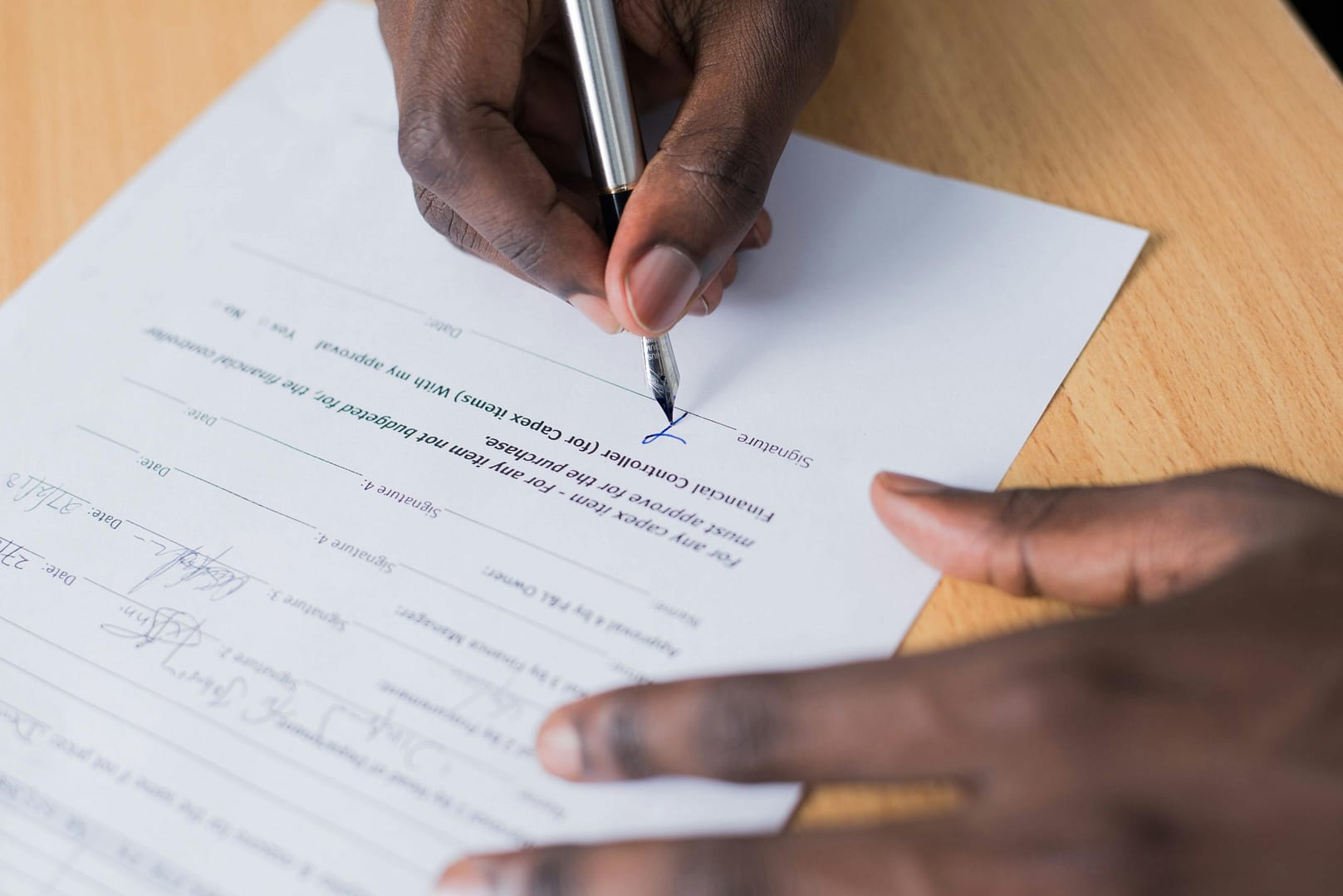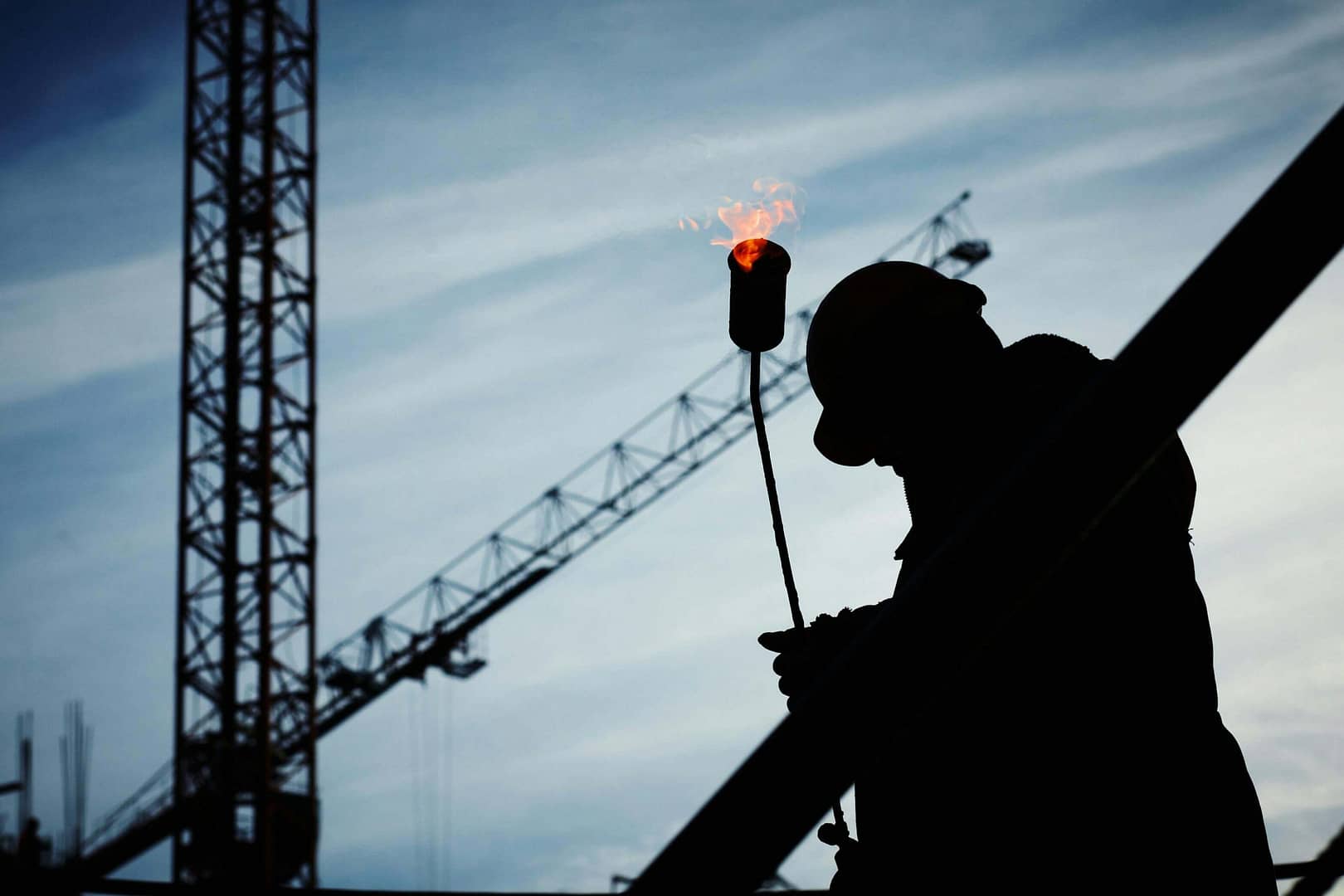Road infrastructure plays a crucial role in shaping the safety and efficiency of our transportation systems. It encompasses everything from the layout and design of roads to the presence of traffic signs, lighting, and other supporting elements. Understanding the relationship between road infrastructure and accidents is essential for creating safer environments for motorists, pedestrians, and cyclists alike to avoid further road traffic accidents.
Correlation between Traffic Congestion and Accidents
One aspect often discussed in relation to road infrastructure and accidents is the correlation between traffic congestion and the likelihood of accidents. When roads become congested, the risk of accidents tends to increase. There are several reasons behind this correlation.
Firstly, traffic congestion leads to slower speeds and frequent stop-and-go movements. This can result in frustrated drivers who are more prone to making sudden maneuvers, such as abrupt lane changes or tailgating, increasing the chances of collisions.
Secondly, congestion affects the flow of traffic and creates bottlenecks, increasing the likelihood of rear-end collisions. When vehicles are closely spaced and moving at varying speeds, it becomes challenging for drivers to maintain a safe distance, react to sudden stops, or make timely decisions.
Lastly, the presence of congestion often leads to impatience and aggressive driving behaviors. Drivers may engage in risky maneuvers, such as running red lights or ignoring traffic rules, in an attempt to navigate through the gridlock. These actions can result in severe accidents with potentially catastrophic consequences.
While it’s important to note that correlation does not imply causation, the evidence suggests that traffic congestion does have a significant impact on accident rates. However, it’s not the sole factor influencing road safety. The design of the road itself also plays a vital role in preventing accidents.
Characteristics of Good Road Design
Good road design is a crucial element in reducing the occurrence of accidents. When roads are designed with safety in mind, they incorporate various features that promote a smoother and safer flow of traffic. Here are some key characteristics of good road design:
Clear and Visible Signage
Signage is a vital component of road infrastructure as it provides essential information to drivers. Clear and visible signs, such as speed limit indicators, warning signs, and directional markers, help drivers navigate the roadways safely. By providing clear guidance and alerts, signage reduces the likelihood of confusion and potential accidents.
Adequate Lighting
Proper lighting along roadways is crucial, especially during nighttime hours. Well-lit roads enhance visibility for drivers, making it easier to spot pedestrians, obstacles, and other vehicles. Adequate lighting not only improves safety but also contributes to a sense of security for road users.
Separation of Traffic
A well-designed road incorporates proper separation of traffic, including separate lanes for vehicles, cyclists, and pedestrians where appropriate. This segregation reduces the chances of conflicts and collisions between different types of road users. For example, dedicated bike lanes can protect cyclists from vehicle-related accidents.
Smooth Intersections
Intersections are often high-risk areas where conflicts between vehicles occur. Good road design focuses on creating smooth and efficient intersections to minimize the potential for accidents. This can be achieved through the implementation of traffic lights, roundabouts, or well-designed turning lanes that facilitate the safe movement of vehicles.
Effective Road Maintenance
Regular road maintenance is essential for preserving the integrity of the infrastructure. Well-maintained roads help prevent accidents caused by potholes, uneven surfaces, or damaged signage. Additionally, prompt repairs and addressing potential hazards contribute to a safer driving experience for all road users.
Making a Road Traffic Accident Claim
In unfortunate instances where road traffic accidents occur, it is important for individuals to understand their rights and options for seeking compensation. Making a road traffic accident claim can help accident victims recover damages for their injuries, medical expenses, property damage, and other related costs. Here are some key points to consider:
Gathering Evidence
When filing a road traffic accident claim, gathering evidence is crucial. This includes obtaining the contact information of all parties involved, taking photographs of the accident scene, documenting the damage to vehicles or property, and collecting any witness statements. This evidence will support your claim and strengthen your case.
Seeking Medical Attention
It is essential to seek immediate medical attention following a road traffic accident, even if you believe your injuries are minor. Some injuries may not manifest immediately but can worsen over time. Seeking medical care not only ensures your well-being but also creates a medical record that can serve as evidence for your claim.
Consulting with National Claims
Consider consulting with us at National Claims, where we specialise in road traffic accident claims. We provide valuable guidance and legal guidance throughout the claims process. One of our experienced claims specialists will assess the strength of your case and help gather evidence.

Conclusion
The relationship between road infrastructure and accidents is evident. Factors such as traffic congestion and road design significantly impact the likelihood of accidents occurring. Traffic congestion leads to frustration, aggressive driving behaviors, and an increased risk of collisions. On the other hand, good road design incorporates clear signage, adequate lighting, traffic separation, and smooth intersections, all of which contribute to safer roadways.
It is essential for individuals involved in road traffic accidents to understand their rights and options for seeking compensation. Making a road traffic accident claim involves gathering evidence, seeking medical attention, contacting insurance companies, and consulting with National Claims. By following these steps, accident victims can navigate the claims process and work towards obtaining the compensation they deserve.
Ultimately, promoting road safety requires a holistic approach that encompasses not only infrastructure improvements but also driver education, law enforcement, and community engagement. By continuously striving for safer roadways, we can reduce the occurrence of accidents, protect lives, and create a more secure and efficient transportation system for everyone.
Start your claim by contacting us today and find out more about making a road traffic accident claim.
Click below to see why we are one of the most trusted claims management companies in the UK.

We’re proud of our excellent customer reviews
We thrive on delivering exceptional service and ensuring our clients’ satisfaction. Don’t just take our word for it. Check out some of our independent reviews to see what our clients have to say.
Excellent

This firm is excellent, they sorted out my car pay out and injury claim very fast, they always communicate with you all the time.

My accident case was dealt with confidence and with great result of the outcome, especially James kept me informed all the time.

I was very impressed at the way my inquiry was treated. I was listened to attentively and everything I needed to know was explained to me.






